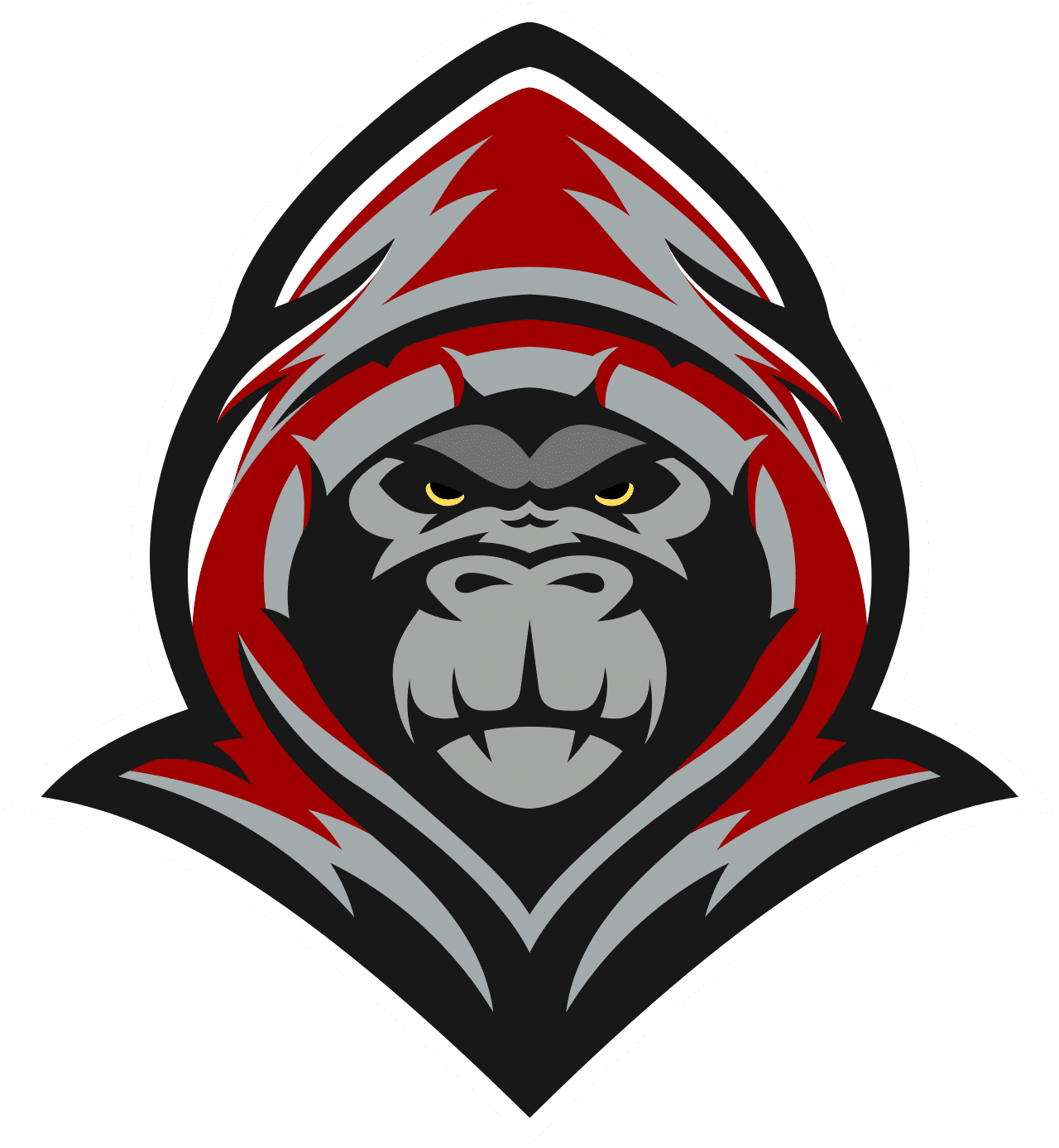With Overwatch 2 Developers releasing the Stadium Gameplay Trailer, many questions popped up in the minds of the player base. What Heroes are available? How do the upgrades work? What maps can I expect to play on? What is the ranking system? The answers to these questions are in a Stadium blog post released shortly after the gameplay trailer. Let us dive deep into what players can expect when Stadium hits live servers.
Overwatch 2 Stadium Heroes Available on Launch

For some players, their favorite hero may not be available at the launch of Stadium. Only seventeen of Overwatch’s forty-two-member cast will be playable. Of the seventeen heroes, there are five tanks, six damage dealers, and six supports. Upon loading into the match, players will choose from the seventeen heroes in one tank, two damage, and two support compositions. That selection is final for the rest of the match.
The possible tank picks on release are D.Va, Junker Queen, Orisa, Reinhardt, and Zarya. The damage dealers feature Ashe, Cassidy, Genji, Mei, Reaper, and Soldier: 76. Finally, the supports have Ana, Juno, Kiriko, Lucio, Mercy, and Moira. While this is the selection on release, players can expect more heroes added in future updates.
How the Armory Functions
There are two sections in the armory: items and powers. Players can purchase items for Stadium Cash before the beginning of every round. There are three rarities of items: Common, Rare, and Epic. Some items are available to all heroes, while others are exclusive to the heroes themselves. You can hold up to six items at a time. You can sell items for full value if you have no slots remaining or want to trade them in for a more exclusive item. Items primarily supplement a hero’s kit. It can be in the form of upgrades to a hero’s weapon, abilities, or survivability.
Powers impact a hero far more significantly than items. They can give heroes unique passives, modifiers, or completely new abilities. Players can equip powers for free at the start of the first, third, fifth, and seventh rounds. However, once you lock in the power, it is there for the rest of the game. If you do not know what to pick, fear not. There are in-game suggestions that will help build your heroes in unique ways to get you started.
The Stadium Arenas
Three game mode types await players in the Stadium Arena: Clash, Control, and Push. In total, there are nine maps players can play. The Clash maps are Hanaoka and Throne of Anubis, while Control sees us travel to Nepal, Gogadoro (a new section of Busan), Ilios, and Arena Victoriae (a new location). The Push maps travel to Redwood Dam (Repurposed Watchpoint: Gibraltar) and Place Lacroix (Repurposed Paris).
All map types have some variations from their usual format. Clash uses three points instead of five, with the winning team needing two points. Control is one round with faster progress, and Push maps are about half the distance from the regular mode. The map types will rotate during the best-of-seven series. As more updates roll out, more maps are being added.
The Rank System
The rank system in the Stadium game mode varies from that in competitive play. The ranks scale from Rookie to Legend. Due to the constant refresh of heroes, abilities, powers, and more, there will be rank resets every season, placing all players in the Rookie League. The higher you climb, the greater the risk is in matches, with losses scaling with the progress lost.
Players can earn Epic skins for select heroes every season by reaching Epic League in different roles. Starting with Season 16, players finishing in the All-Star League (Second-highest) will earn the exclusive All-Star Juno skin.
More information is coming in the next few days, before the release on April 22nd, so stay tuned for more at Total Apex Gaming!


